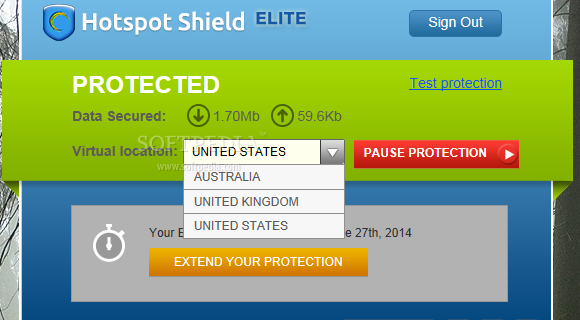Www Elite Hackers Net Wifi Hacking

Hello, geeks! If you are into hacking and cybersecurity then you must have tried to hack your neighbour's or your own WiFi network at least once.
Wireless networks are accessible to anyone within the router’s transmission radius. Tynisha keli my everything free music download. This makes them vulnerable to attacks. Hotspots are available in public places such as airports, restaurants, parks, etc.
In this tutorial, we will introduce you to common techniques used to exploit weaknesses in wireless network security implementations. We will also look at some of the countermeasures you can put in place to protect against such attacks. Topics covered in this tutorial • • • • • • What is a wireless network? A wireless network is a network that uses radio waves to link computers and other devices together.
The implementation is done at the Layer 1 (physical layer) of the OSI model. How to access a wireless network?
You will need a wireless network enabled device such as a laptop, tablet, smartphones, etc. You will also need to be within the transmission radius of a wireless network access point. Most devices (if the wireless network option is turned on) will provide you with a list of available networks. If the network is not password protected, then you just have to click on connect. If it is password protected, then you will need the password to gain access. Wireless Network Authentication Since the network is easily accessible to everyone with a wireless network enabled device, most networks are password protected. Let’s look at some of the most commonly used authentication techniques.

WEP WEP is the acronym for Wired Equivalent Privacy. It was developed for IEEE 802.11 WLAN standards. Its goal was to provide the privacy equivalent to that provided by wired networks.
WEP works by encrypting the data been transmitted over the network to keep it safe from eavesdropping. WEP Authentication Open System Authentication (OSA) – this methods grants access to station authentication requested based on the configured access policy. Shared Key Authentication (SKA) – This method sends to an encrypted challenge to the station requesting access. The station encrypts the challenge with its key then responds.
If the encrypted challenge matches the AP value, then access is granted. WEP Weakness WEP has significant design flaws and vulnerabilities. • The integrity of the packets is checked using Cyclic Redundancy Check (CRC32). CRC32 integrity check can be compromised by capturing at least two packets. The bits in the encrypted stream and the checksum can be modified by the attacker so that the packet is accepted by the authentication system. This leads to unauthorized access to the network. • WEP uses the RC4 encryption algorithm to create stream ciphers.
The stream cipher input is made up of an initial value (IV) and a secret key. The length of the initial value (IV) is 24 bits long while the secret key can either be 40 bits or 104 bits long. The total length of both the initial value and secret can either be 64 bits or 128 bits long. The lower possible value of the secret key makes it easy to crack it.